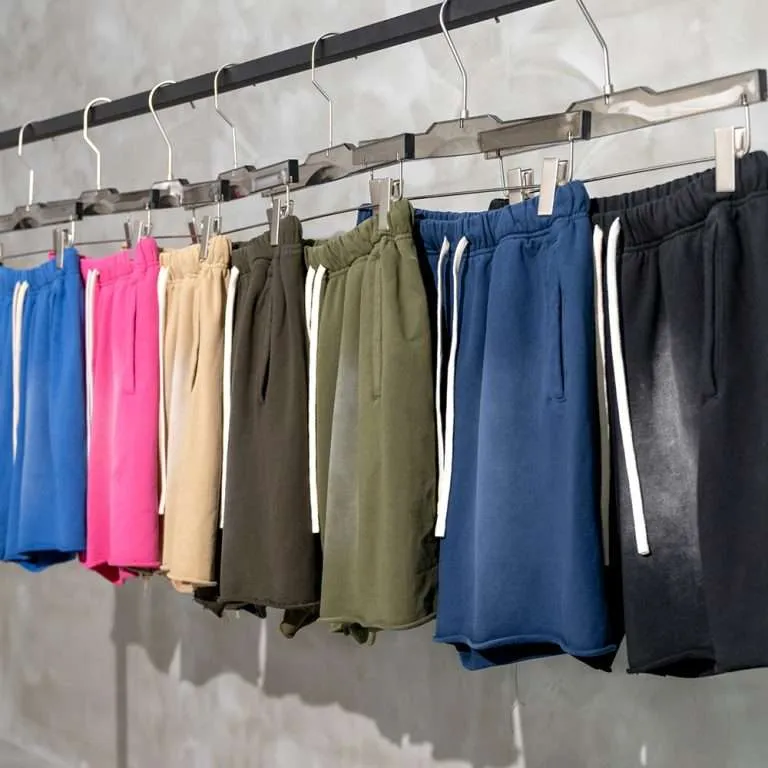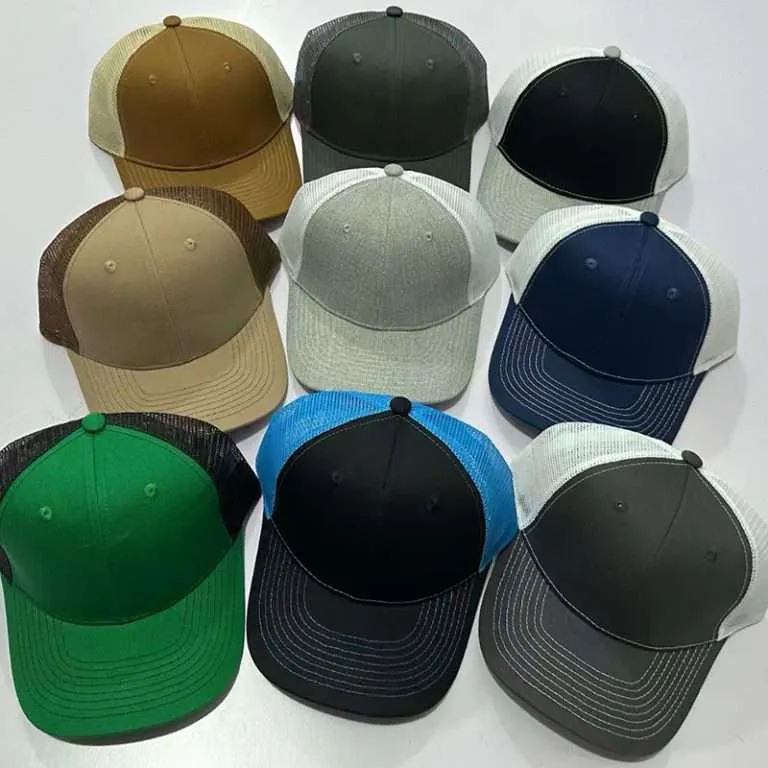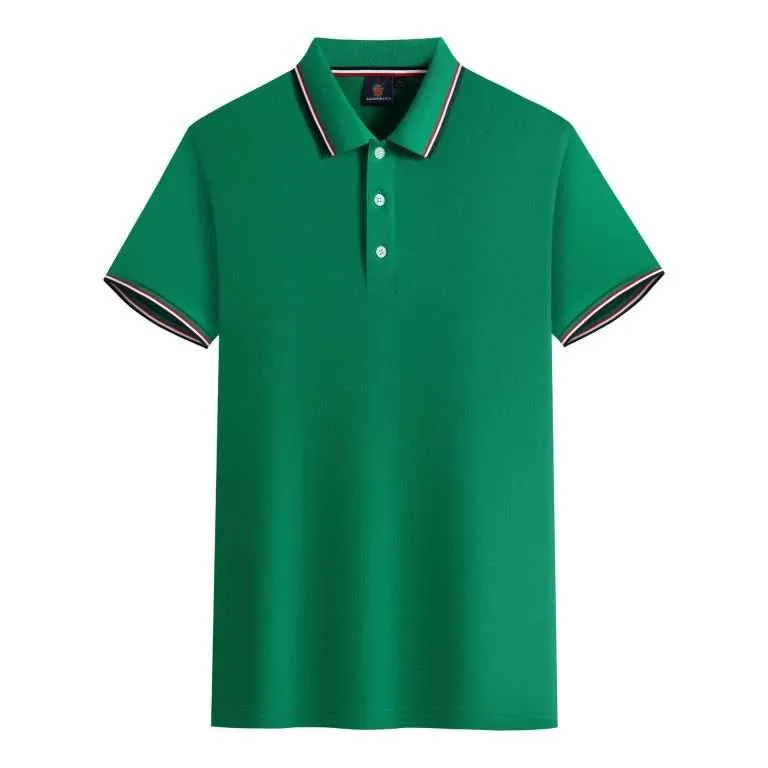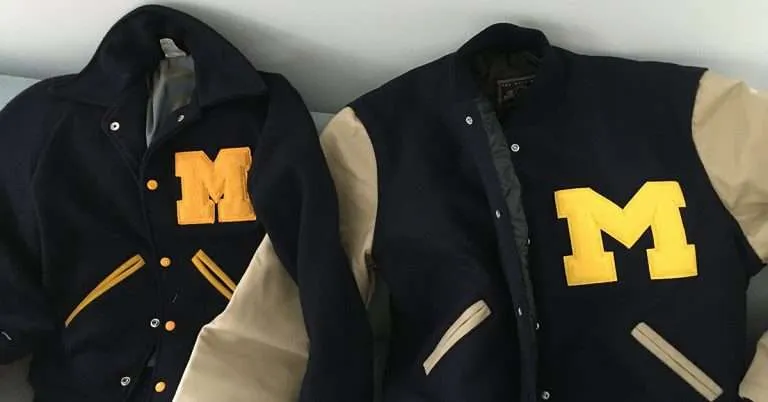Your Reliable High Quality Wholesale Custom Clothing Manufacturers

How to Measure Your Pet for the Right Clothes: A Step-by-Step Guide
As pet owners, we want to ensure our furry friends are not only stylish but also comfortable in the clothes they wear. Whether you’re shopping for a cozy sweater, protective jacket, or a functional harness, getting the right fit is crucial for both comfort and mobility. At Topfit, we design high-quality pet clothing that balances style, durability, and comfort, but to ensure your pet’s new clothes fit perfectly, it’s important to measure them correctly.
In this detailed guide, we’ll walk you through a step-by-step process to measure your pet for the right clothes. Whether you’re buying pet apparel online or in-store, these measurements will help you choose the best-fitting garments for your pet, ensuring they look great and feel comfortable.
Step 1: Gather the Right Tools
Before you start measuring, gather the tools you’ll need:
- A flexible tape measure (cloth or soft plastic is ideal)
- A pen and paper to record measurements
- A calm, relaxed pet (a treat or toy may help!)
- A friend (if necessary) to help you hold your pet still during the measurement process
Step 2: Measure Your Pet’s Neck Circumference
The first and easiest measurement to take is the neck circumference, which is essential for ensuring a comfortable fit around your pet’s neck for collars, sweaters, or jackets.
- Place the tape measure around your pet’s neck, just below the ears, where a collar would naturally sit.
- Keep the tape snug but not tight. You should be able to fit a finger between the tape measure and your pet’s neck to ensure comfort.
- Record the measurement in inches or centimeters, depending on your preference.
This measurement is especially important when selecting collars, harnesses, or jackets with adjustable neck openings.
Step 3: Measure Your Pet’s Chest Girth
The chest girth is one of the most important measurements for determining how well your pet’s clothes will fit around their body, particularly for sweaters, jackets, and coats. A properly fitted chest ensures comfort and warmth, especially during colder months.
- Find the widest part of your pet’s chest, which is usually just behind the front legs.
- Wrap the tape measure around the chest, making sure it passes just behind the front legs and across the ribcage. Keep the tape parallel to the ground and snug, but not too tight.
- Record the measurement, ensuring the tape remains straight and does not slip.
For pets with larger chests (like bulldogs or dachshunds), it’s especially important to ensure that the chest measurement is accurate to avoid restrictive clothing.

Step 4: Measure Your Pet’s Back Length
Back length is crucial for fitting garments like sweaters, jackets, and t-shirts, ensuring that they’re neither too short nor too long.
- Place the tape measure at the base of your pet’s neck, where the neck meets the shoulders (this is typically where a collar would sit).
- Extend the tape measure down the spine to the base of the tail. This is your pet’s back length.
- Record the measurement. Be sure to follow the natural contour of your pet’s back, and avoid pulling the tape measure too tight.
For pets with longer bodies, like dachshunds or Corgis, be sure to measure carefully from the base of the neck to the tail for the best fit.
Step 5: Measure Your Pet’s Waist (If Necessary)
While not all pet clothing requires a waist measurement, it’s essential for certain items like pet pajamas, costumes, or belly bands.
- Find the narrowest part of your pet’s waist, which is typically just behind the ribcage.
- Wrap the tape measure around this area, making sure it is snug but not tight.
- Record the waist measurement, ensuring it remains comfortable and does not constrict your pet’s movement.
This measurement is especially important for dogs or cats that may wear clothing designed to fit around their midsection.
Step 6: Measure Your Pet’s Legs (If Required)
Certain pet garments, like jackets or suits, may have specific leg measurements. This ensures that sleeves or leg holes don’t restrict movement or cause chafing.
- Measure from the top of your pet’s leg (where the leg meets the body) down to the top of the paw.
- Record the leg length, ensuring the tape is not too tight around the leg, which could affect your pet’s mobility.
For pets with shorter or stockier legs, this measurement helps to ensure that any garment with sleeves or leg openings will fit comfortably without pinching or rubbing.
Step 7: Check for Flexibility and Comfort
While measurements are important, comfort is key to ensuring your pet enjoys wearing their new clothes. After taking the measurements, it’s essential to:
- Check the fit: The clothes should allow your pet to move freely and comfortably. There should be enough room for them to walk, sit, and play without restriction.
- Ensure ease of movement: For pets with specific needs, such as arthritic dogs or senior cats, make sure the clothing does not restrict their joints or overall mobility.
- Allow for breathing room: The clothing should fit snugly without compressing the body, especially in the chest and neck area. For a more tailored fit, look for adjustable closures or stretchy fabrics that provide flexibility.
Step 8: Adjust for Growth or Weight Changes (For Puppies and Kittens)
If your pet is still growing, it’s important to account for growth when measuring. Puppies and kittens can change in size quickly, so make sure to leave a little extra room in their clothes to accommodate growth.
- For young pets, consider buying slightly larger clothing that will grow with them. Choose items with adjustable features such as stretchy waistbands, Velcro closures, or elasticized necklines.
- For adult pets: Make sure to account for any weight changes. If your pet has recently lost or gained weight, recheck their measurements before making a purchase.
Step 9: Refer to the Manufacturer’s Size Guide
Once you have all the measurements, the next step is to check the manufacturer’s size guide before purchasing clothes. Every brand may have slightly different sizing, so comparing your pet’s measurements to the recommended size ensures a better fit.
At Topfit, we provide clear and detailed sizing charts for all our products, so you can find the perfect fit for your pet based on their neck, chest, back length, and other key measurements.
Step 10: Try on the Clothes for a Final Check
Once the clothing arrives, try it on your pet and check for comfort and fit. Ensure that:
- The clothing doesn’t impede your pet’s movement.
- There’s no bunching, pulling, or pinching in any areas.
- Your pet feels comfortable wearing it.
If the fit is off, make sure to check the manufacturer’s return or exchange policy so you can swap for a better size.
Conclusion: Perfect Fit, Happy Pet!
Measuring your pet for the right clothes might take a few extra minutes, but the result is a well-fitting, comfortable, and stylish wardrobe for your furry friend. At Topfit, we’re dedicated to providing high-quality, comfortable pet clothing that’s tailored to fit perfectly and meet the unique needs of your pet. With this guide, you can easily measure your pet for the best possible fit, ensuring they stay happy and healthy in their new clothes.






